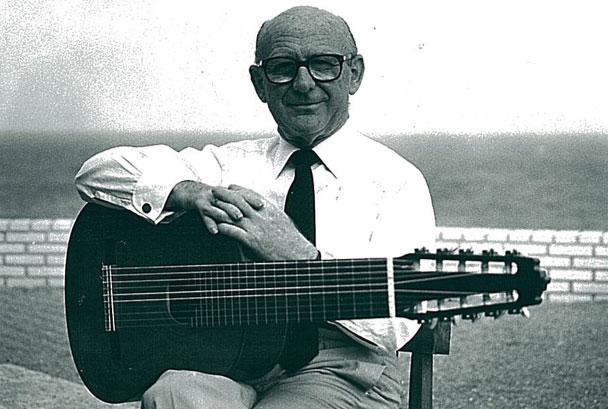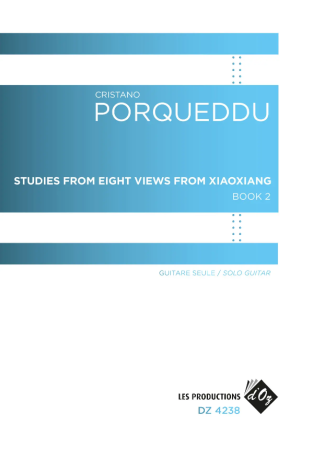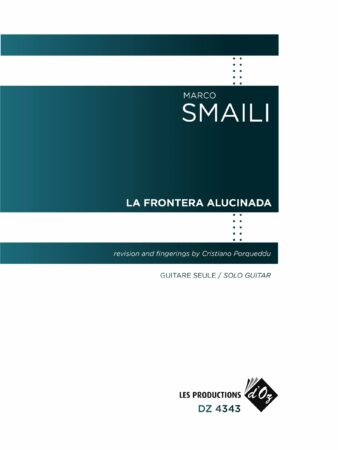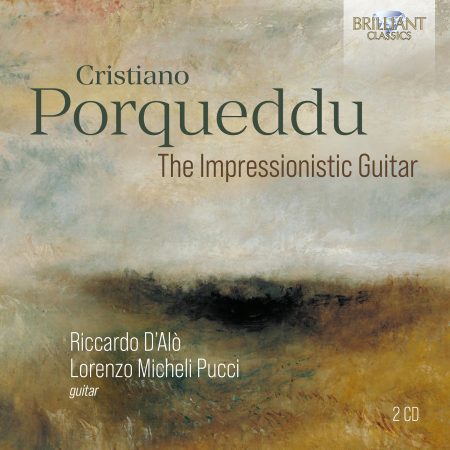In the guitarra.artelinkado.com spanish classical guitar forum an interesting interview of Santiago Porras to Francisco Herrera (the creator of Enciclopedia de La Guitarra) has been published. In the interview, Herrera speaks about the Spanish guitarist Narciso Yepes an important interpreter of the XIX century.
A short Narciso Yepes bio:
He was born (1927) into a family of humble origin in Lorca, southern Spain. His father gave him his first guitar when he was four years old. He took his first lessons from Jesus Guevara, in Lorca. Later his family moved to Valencia when the Spanish Civil War started in 1936.
When he was 13, he was accepted to study at the Conservatorio de Valencia with the pianist and composer Vicente Asencio. Here he followed courses in harmony, composition, and performance.
On December 16th 1947 he made his Madrid début, performing Joaquin Rodrigo’s Concierto de Aranjuez with Ataúlfo Argenta conducting the Spanish National Orchestra. The overwhelming success of this performance brought him renown from critics and public alike. Soon afterwards, he began to tour with Argenta, visiting Switzerland, Italy, Germany and France. During this time he was largely responsible for the growing popularity of the Concierto de Aranjuez.
In 1950, after performing in Paris, he spent a year studying interpretation under the violinist George Enesco, and the pianist Walter Gieseking. He also studied informally with Nadia Boulanger. This was followed by a long period in Italy where he profited from contact with artists of every kind.
In 1952 he arranged a traditional song for guitar called “Romance” [1] (Romance would later be covered by My Chemical Romance) which would become the theme to the film Forbidden Games (Jeux interdits) by René Clément, propelling his career on an international level. Yepes also performed other pieces for the film soundtrack. His later credits as film composer include the soundtracks to La Fille aux Yeux d’Or (1961) and ‘La viuda del capitán Estrada’ (1991). He also starred as a musician in the 1967 film version of El amor brujo.
In 1964, Yepes performed the Concierto de Aranjuez with the Berlin Philharmonic Orchestra, premièring the ten-string guitar, which he invented in collaboration with the renowned guitar maker José Ramirez. Yepes was the greatest proponent of the 10-string, an instrument that made it possible to transcribe works originally written for baroque lute without deleterious transposition of the bass notes. However, the main reason for the invention of this instrument was the addition of string resonators tuned to C, A#, G#, F#, which resulted in the first guitar with truly chromatic string resonance – similar to that of the piano with its sustain/pedal mechanism.
After 1964, Yepes used the ten-string guitar exclusively, touring to all six inhabited continents, performing in recital as well as with the world’s leading orchestras, giving an average of 130 performances each year.
Aside from being a consummate musician, Yepes was also a significant scholar. His research into forgotten manuscripts of the sixteenth and seventeenth centuries resulted in the rediscovery of numerous works for guitar or lute. He was also the first person to record the complete lute works of Bach on period instruments (14-course baroque lute). In addition, through his patient and intensive study of his instrument, Narciso Yepes developed a revolutionary technique and previously unsuspected resources and possibilities.
He was granted many official honours including the Gold Medal for Distinction in Arts, conferred by King Juan Carlos I; membership in the Academy of “Alfonso X el Sabio” and an Honorary Doctorate from the University of Murcia. In 1986 he was awarded the National Music Prize of Spain, and he was elected unanimously to the Spanish Royal Academy of Fine Arts.
Since 1993 Narcisco Yepes limited his public appearances due to illness. He gave his last concert on March 1st 1996, in Santander (Spain).
He died in Murcia in 1997.
He was married to Marysia Szummakowska. They had one son, Ignacio Yepes, an orchestral conductor, and one daughter, dancer and choreographer Ana Yepes.
Direct Link to the interview: http://guitarra.artelinkado.com/guitarra/entrevistaherrera2007yepes.htm




